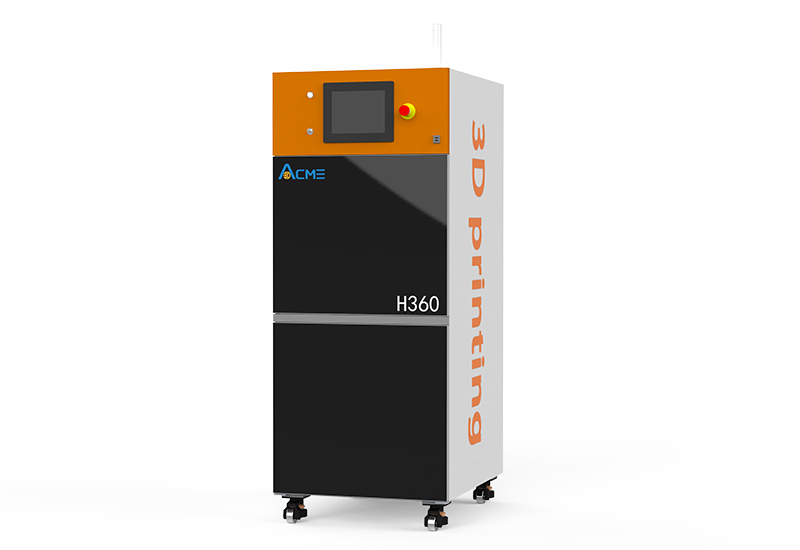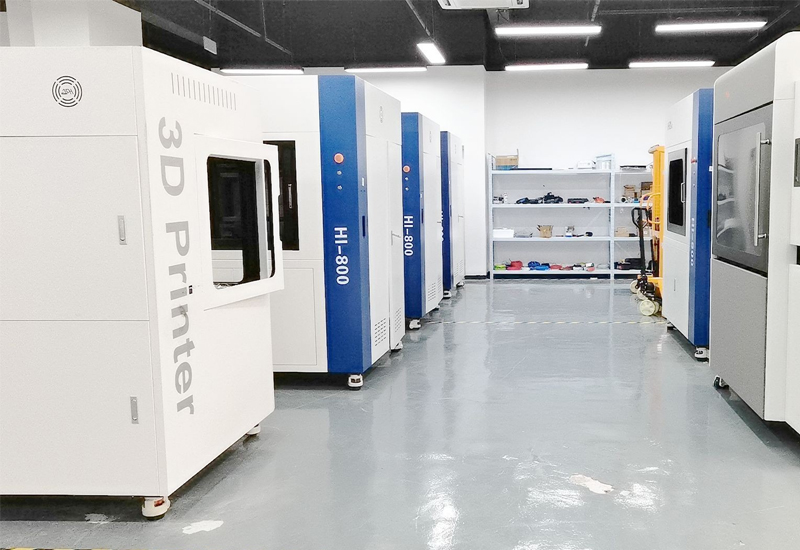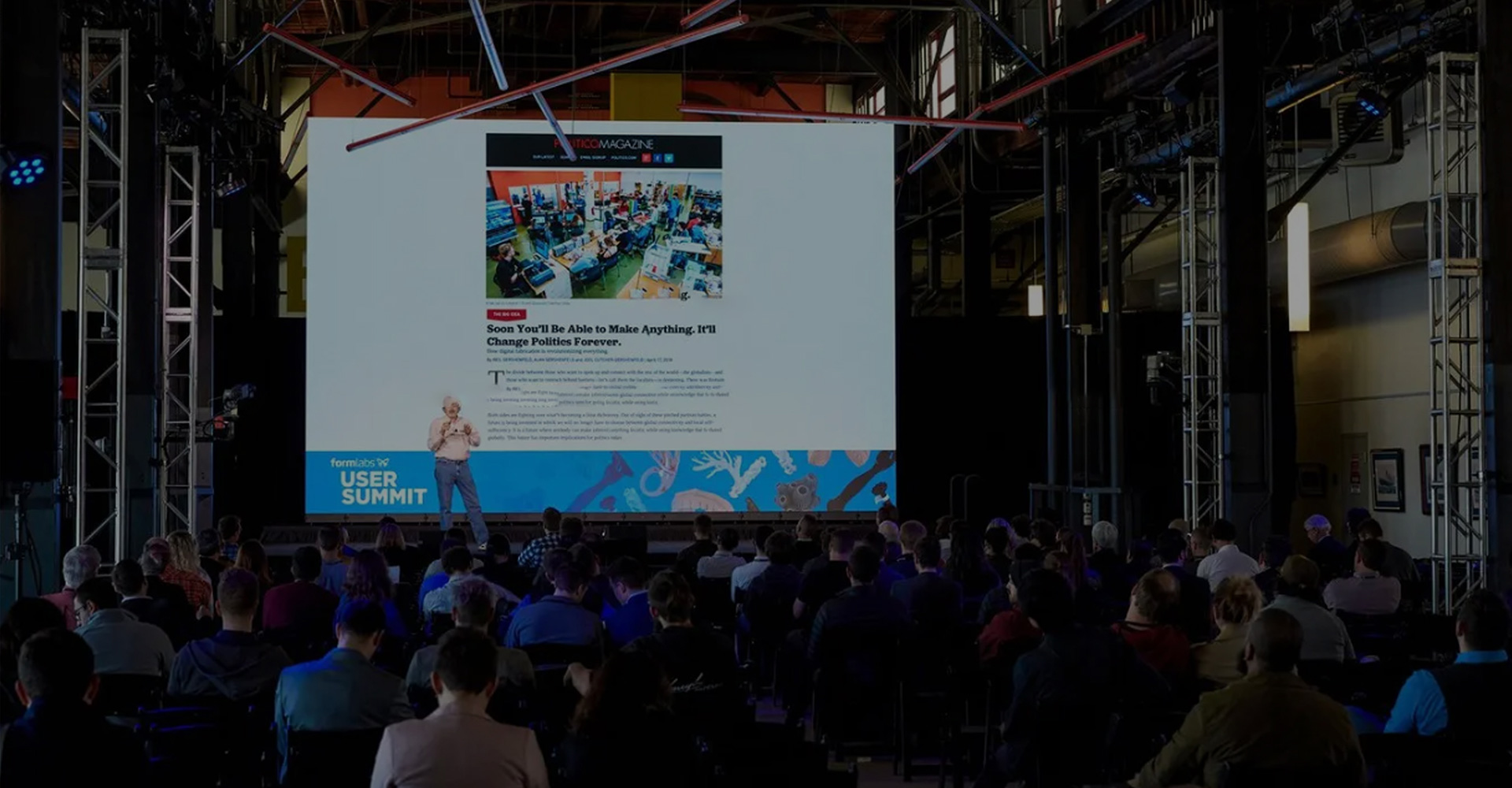1. Acme3d SLA printer offers a lot of advantages, it can help you make a prototype quickly, or develop your entire final product.
2. These photopolymer parts do not have the strength of selective laser sintering (SLS) or FDM 3D printed parts, but can often achieve higher levels of detail and complex geometries. Since photopolymers are sensitive to UV rays, these products are prone to deformation and discoloration in sunlight. SLA is often used to produce highly detailed artwork, non-functional prototypes, and can be used to make molds in investment casting applications.
3.SLA parts have a very smooth surface finish, which is especially suitable if you need realistic prototypes with high quality and detailed features, very similar to injection molded parts.
 SLA 3D Printer
SLA 3D Printer Specifications H360
| Model |
H360 |
Fast Layer Thickness |
0.1mm |
| Print size(LxWxH) |
360X360X300mm |
Pricision Layer Thickness |
0.15mm |
| Machine size(LxWxH) |
700X860X1720mm |
Resin Container Volume |
70kg |
| Technology |
SLA |
Spot diameter |
0.12-0.6mm |
| Laser QTY |
DPSSL(Diode Pump Solid State Laser)Nd:YVO4 |
Scan Mode |
Higt speed Galvo |
| Machine Weight |
1 |
Part Scan Speed |
Proposed 6m/s |
| Wattage |
330KG |
Part Jump Speed |
Proposed 10m/s |
| Coating Method |
350W |
Proposed print speed |
100-300g/h |
| Laser Wavelength |
Vocuum Adsorption |
Platform |
Integrated Platform |
| Laser Wattage |
354.7nm |
reset accuracy |
±0.01mm |
| Layer Thickness |
3W |
model max weight |
10kg |
| Normal Layer Thickness |
0.05mm-0.15mm |
|
|
How does an SLA 3D printer work?
The SLA machine begins by painting the layers of the support structure, and then the part itself, with an ultraviolet laser aimed at the surface of the liquid thermosetting resin. After a layer is imaged on the resin surface, the build platform moves down and the recoat bar moves across the platform to apply the next layer of resin. This process is repeated layer by layer until the build is complete.

Newly manufactured parts come out of the machine and go to the lab, where a solvent is used to remove any extra resin. When the part is completely clean, manually remove the support structure. From there, the part goes through a UV curing cycle to fully cure the outer surface of the part. The final step in the SLA process is to apply any custom or customer-specified finishing. When using parts built from SLA, exposure to UV light and moisture should be minimized to avoid performance degradation.
What materials are used for SLA printing?
The table below summarizes the pros and cons of the most commonly used resins.
| Material |
feature |
| standard resin |
+ smooth surface finish - relatively brittle |
| high detail resin |
+ higher dimensional accuracy - higher price |
| transparent resin |
+ Transparent material - requires post processing to get a very clear finish |
| Casting resin |
+ for creating mold models
+ Low ash content after burnout |
| tough or durable resin |
+ Mechanical properties similar to ABS or PP - low thermal resistance |
| high temperature resin |
+ temperature resistance
+ For injection molding and thermoforming molds |
| dental resin |
+ biocompatibility+ high wear resistance- high cost |
| flexible resin |
+ rubber-like material - less dimensional accuracy |


